One of the delights of the Thames Path is the chance to see some of the finest homes in the country. From Elizabethan Manor Houses to Gothic Revivalist structures. Here we list the finest in order from the source to the Thames, together with distance from source. Note that we’ve left out the Palaces – of which there are plenty!
The family home of Lord Faringdon, Buscot Park was completed in 1783. It houses the family collection of pictures, furniture, ceramics and objets d’art, known as the Faringdon Collection. The house is owned by the National Trust. Can be visited on a detour by car/taxi.
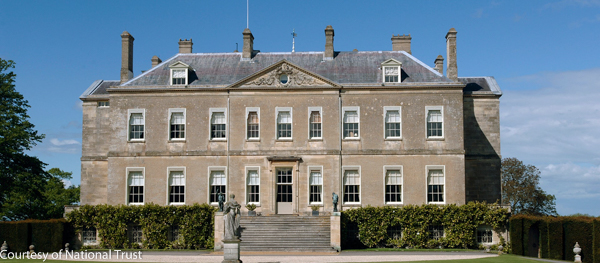
A grand 18th century Palladian-style villa, currently used as a retreat centre. It was built in 1756 for the 1st Earl of Harcourt. The estate was sold by the Harcourt family to Oxford University in the 1950’s. Part of the estate is now the Harcourt Aboretum (University of Oxford Botanic Gardens). Visible from the Thames Path.
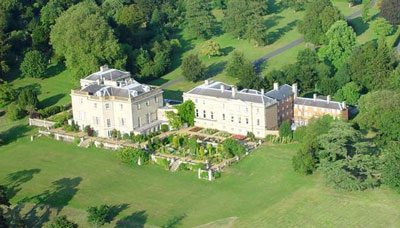
A National Trust property set in 400 acres of parkland. Built in the Palladian style it has gone through a number of owners. It gave its name to Basildon Bond stationery, the directors of the paper manufacturers having thought up the name whilst staying there. It was used as a location for Netherfield Park in the 2005 version of Pride and Prejudice. Can be visited on a detour by car/taxi.

Built in the early 16th century it is said that King Charles I used to play bowls here whilst a prisoner in Caversham following the English Civil War. The house was purchased by Charles Rose at the start of the 20th century. Rose was a buccaneer and believed to be the inspiration for Mr Toad in The Wind in the Willows. Could the house therefore be Toad Hall? The house is still owned by the Rose family. Visible from the Thames Path.
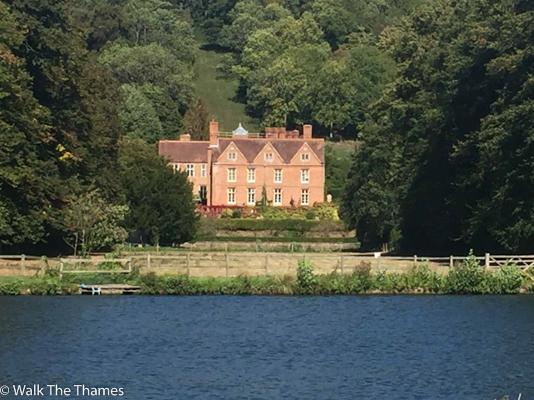
A 15th century property built in the traditional shape of an E for Queen Elizabeth. The house has remained in the same Catholic family since it was built, complete with priest holes and chapel which still holds mass. The house was the film location for The Eagle Has Landed with Michael Caine; and it rivals nearby Hardwick House as the inspiration for Toad Hall. Visible from the Thames Path and can be visited on a detour by car/taxi.
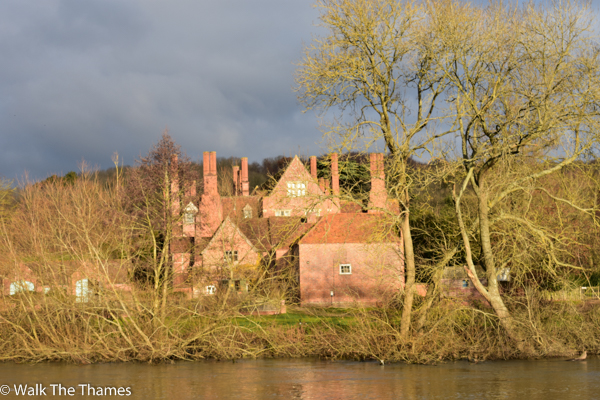
Park Place has changed hands many times since its first owner, Lord Archibald Hamilton, who bought the estate in 1719. In 2009 it was sold to the current owner, Andrey Borodin, a Russian banker, for £140 million. It was the most expensive house sale of that year.
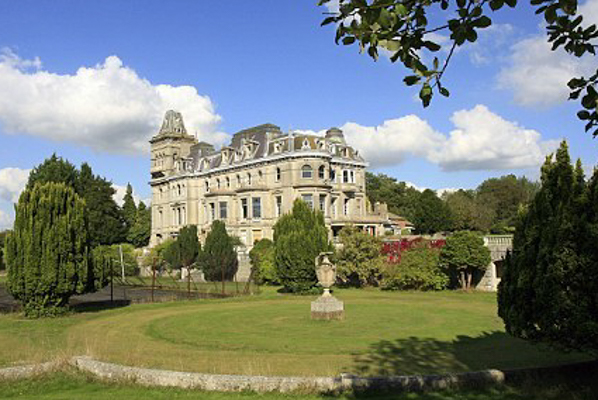
Fawley Manor dates back to Norman times but was rebuilt in 1684. Almost a hundred years later, the grounds were redesigned by Capability Brown. The house remained with the original owners, the Freeman family, until 1853 when it was sold to Edward Mackenzie, a railway contractor. After the war the house became a school, and then a retreat and conference centre. It is now a country club. Another contender for Toad Hall! Visible from the Thames Path

The Path leads through the 650-acre grounds of this property which was built in 1771 by Sir William Chambers. Its current owner is Swiss financier Urs Scharzenbach who bought it for £35m. Visible from the Thames Path
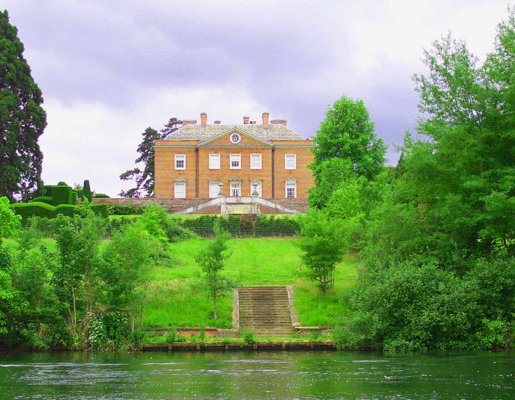
This imposing house is relatively new, dating back to around 1900, although it replaced earlier houses. It has been a temporary home for boys, offices for the Air Ministry , and headquarters for Carnation, the condensed milk company headquarters. It has been a hotel since 1991 and is where George and Amal Clooney held their wedding reception. Visible from the Thames Path and can be visited on a detour by car/taxi.
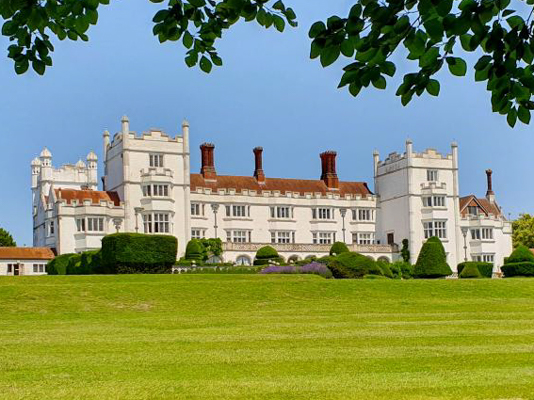
Home for many years to the Astor family, throughout the 20th century this was a weekend retreat for the rich and famous: Chaplin, Churchill, Roosevelt, Kipling, Gandhi, George Bernard Shaw. The names go on. Built by Charles Barry in 1851 for the Duke of Sutherland, t was purchased by William Waldorf Astor, in 1893. In 1942 the house was given to the National Trust on condition that the family could continue living there. It became a luxury hotel in 1984 but the gardens and grounds are operated by the National Trust. Visible from the Thames Path and can be visited on a detour by car/taxi.
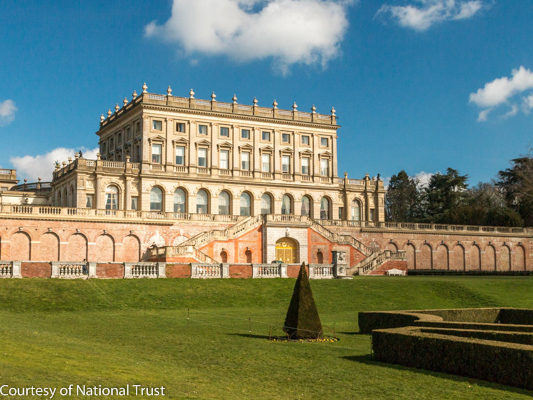
Taplow Court is a substantial red-brick Victorian House built by the Grenfell family. Ettie Grenfell was a socialite and guests included Edward VII when he was Prince of Wales, Winston Churchill and Oscar Wilde, After World War II, the house changed hands a number of times and is now owned by the Buddhist Foundation.
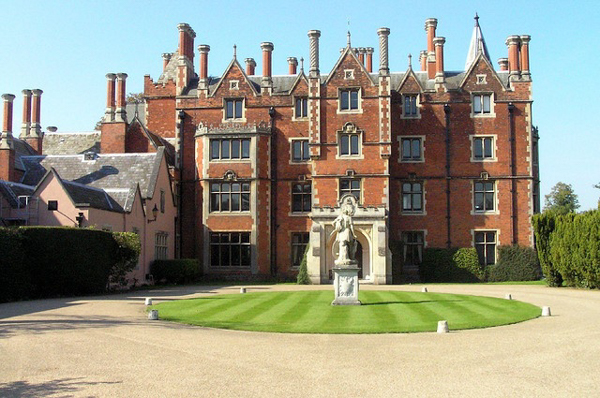
A Tudor manor house built in 1440, the house has been in the Palmer family since 1542. The house has been used as a location for a host of films including Sliding Doors (1998), Elizabeth: The Golden Age (2007), and The Personal History of David Copperfield (2020). Can be visited on a detour on foot.
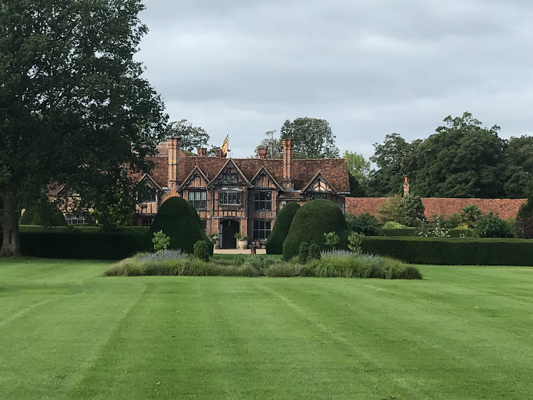
This Victorian Gothic country house was built in 1859. Due to its proximity to Bray Studios it was used as a location set for many of Hammer’s horror movies including The Brides of Dracula in 1962. It was later used as Dr Frank N. Furter’s castle in The Rocky Horror Picture Show (1975). It is now a hotel. Visible from the Thames Path.
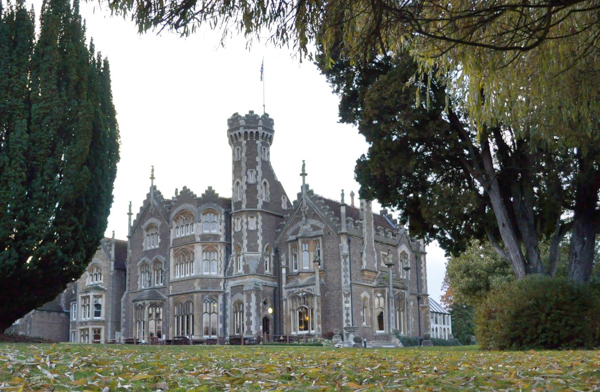
A 17th century country house sitting in the grounds of Windsor Castle, it was occupied by Queen Charlotte, wife of George III, who used it as a getaway from court life. It has been used by various members of the Royal Family ever since. Prior to moving to Canada, Harry and Meghan occupied Frogmore Cottage, which sits in the grounds. Open to public occasionally.
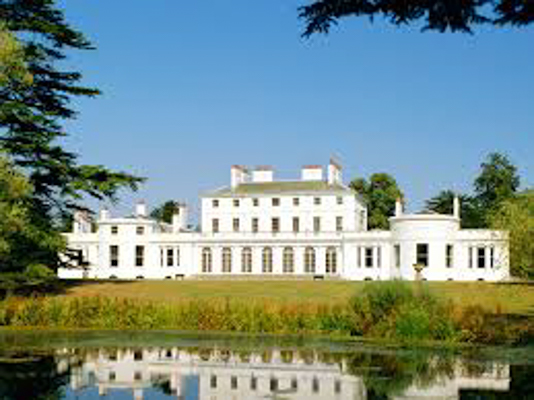
Ham House was built in the early 17th century for the youngest son of James I. It was passed to the National Trust after World War II. The house contains a large collection of paintings, furniture and textiles. Can be visited from the Thames Path.
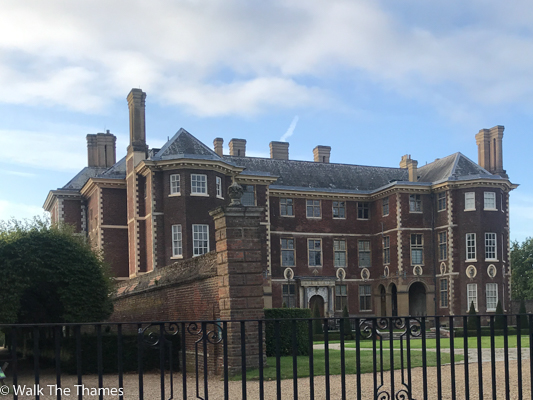
A grand palladian-style house on elevated ground above the Thames. It was constructed between 1724 and 1729 for Henrietta Howard, the mistress of George II. It was later rented by the Prince Regent, later George IV, to house his mistress, Maria Fitzherbert. English Heritage are the current owners. Can be visited from the Thames Path.
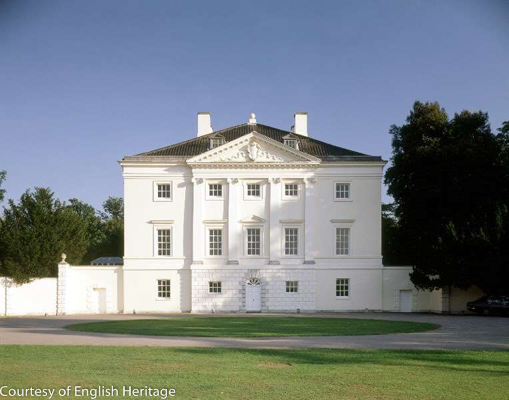
A Grade I listed building constructed in the 1760’s and designed by Robert Adam. The surrounding parkland was originally occupied by the nuns of Syon Abbey. Following the dissolution of the monasteries, the land reverted to the Crown. It was acquired in 1594 by Henry Percy, the 9th Earl of Northumberland, and has remained in the family ever since. Can be visited from the Thames Path.
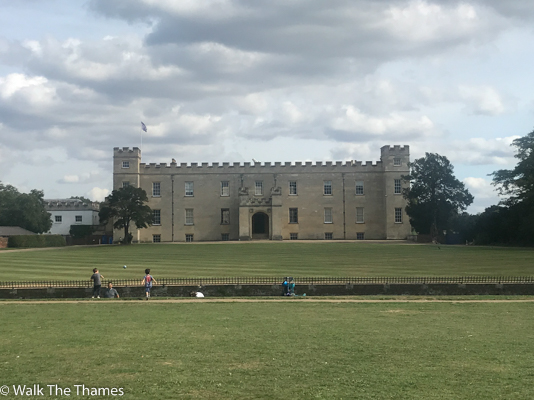
Ready to book?
| Cookie | Duration | Description |
|---|---|---|
| cookielawinfo-checkbox-analytics | 11 months | This cookie is set by GDPR Cookie Consent plugin. The cookie is used to store the user consent for the cookies in the category "Analytics". |
| cookielawinfo-checkbox-functional | 11 months | The cookie is set by GDPR cookie consent to record the user consent for the cookies in the category "Functional". |
| cookielawinfo-checkbox-necessary | 11 months | This cookie is set by GDPR Cookie Consent plugin. The cookies is used to store the user consent for the cookies in the category "Necessary". |
| cookielawinfo-checkbox-others | 11 months | This cookie is set by GDPR Cookie Consent plugin. The cookie is used to store the user consent for the cookies in the category "Other. |
| cookielawinfo-checkbox-performance | 11 months | This cookie is set by GDPR Cookie Consent plugin. The cookie is used to store the user consent for the cookies in the category "Performance". |
| viewed_cookie_policy | 11 months | The cookie is set by the GDPR Cookie Consent plugin and is used to store whether or not user has consented to the use of cookies. It does not store any personal data. |